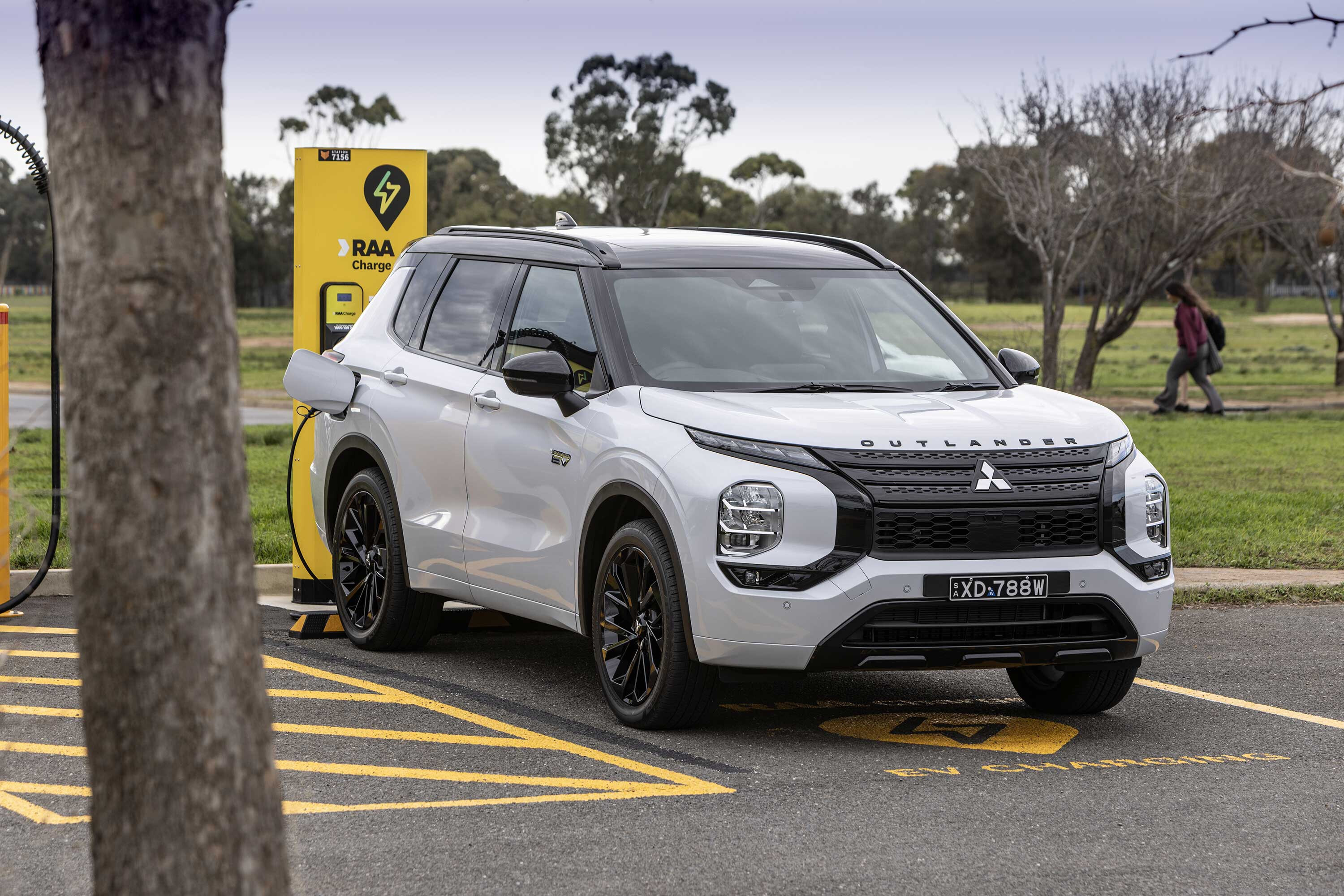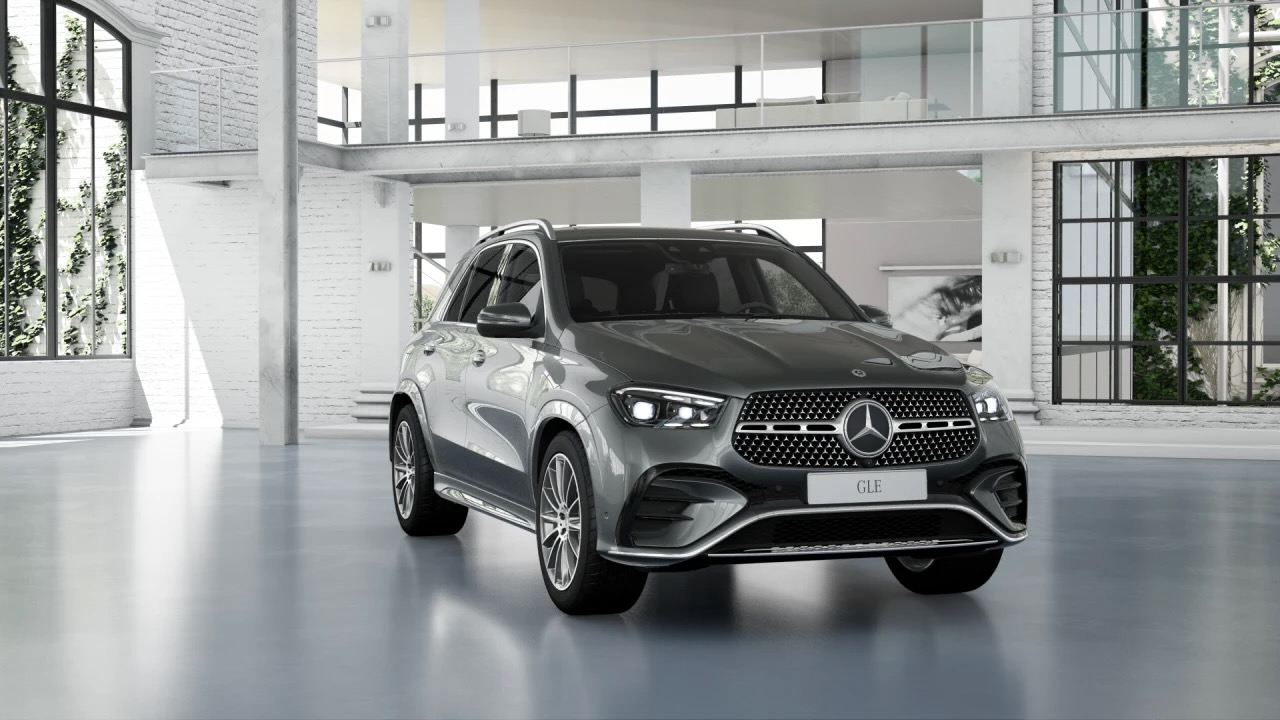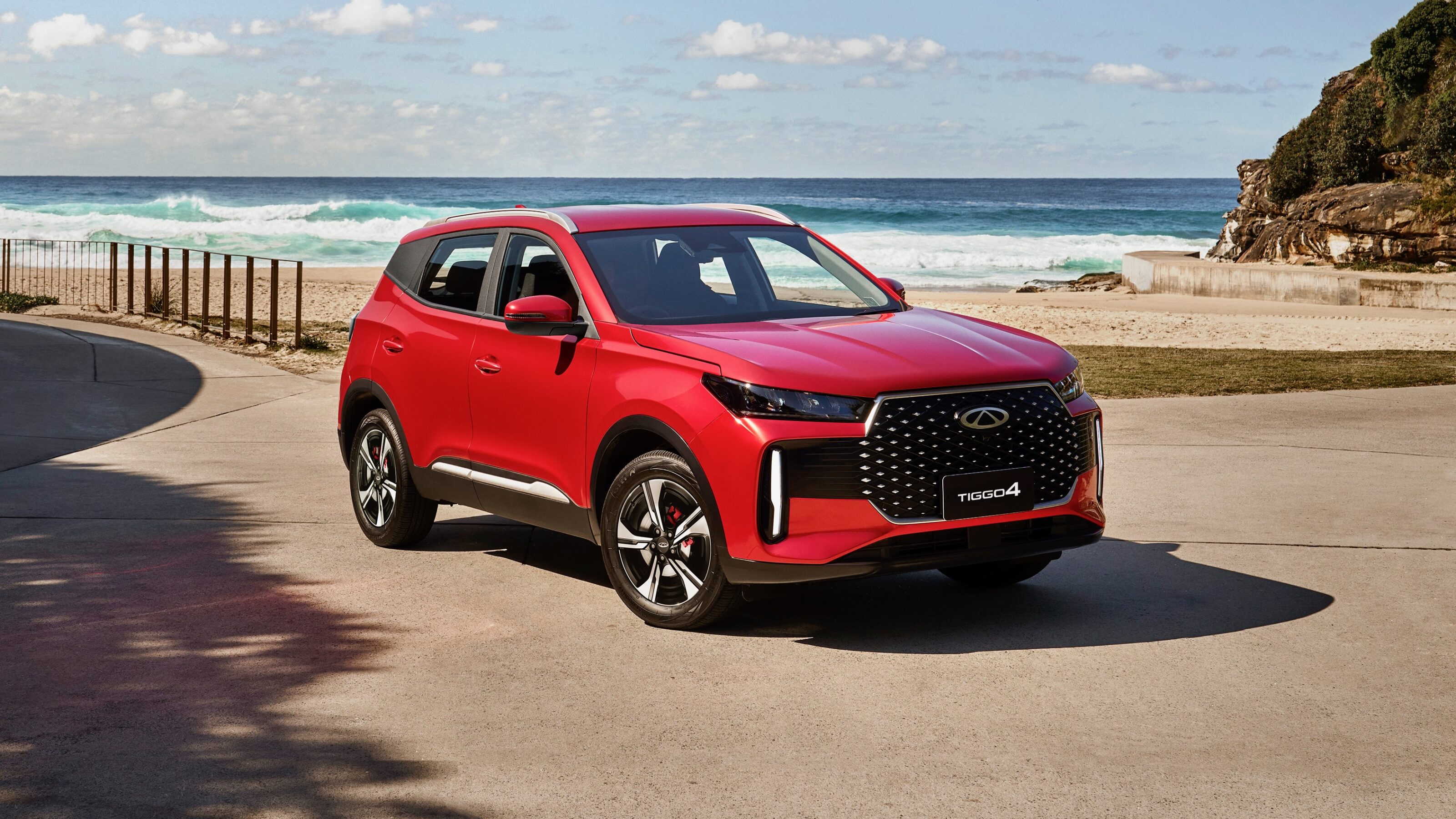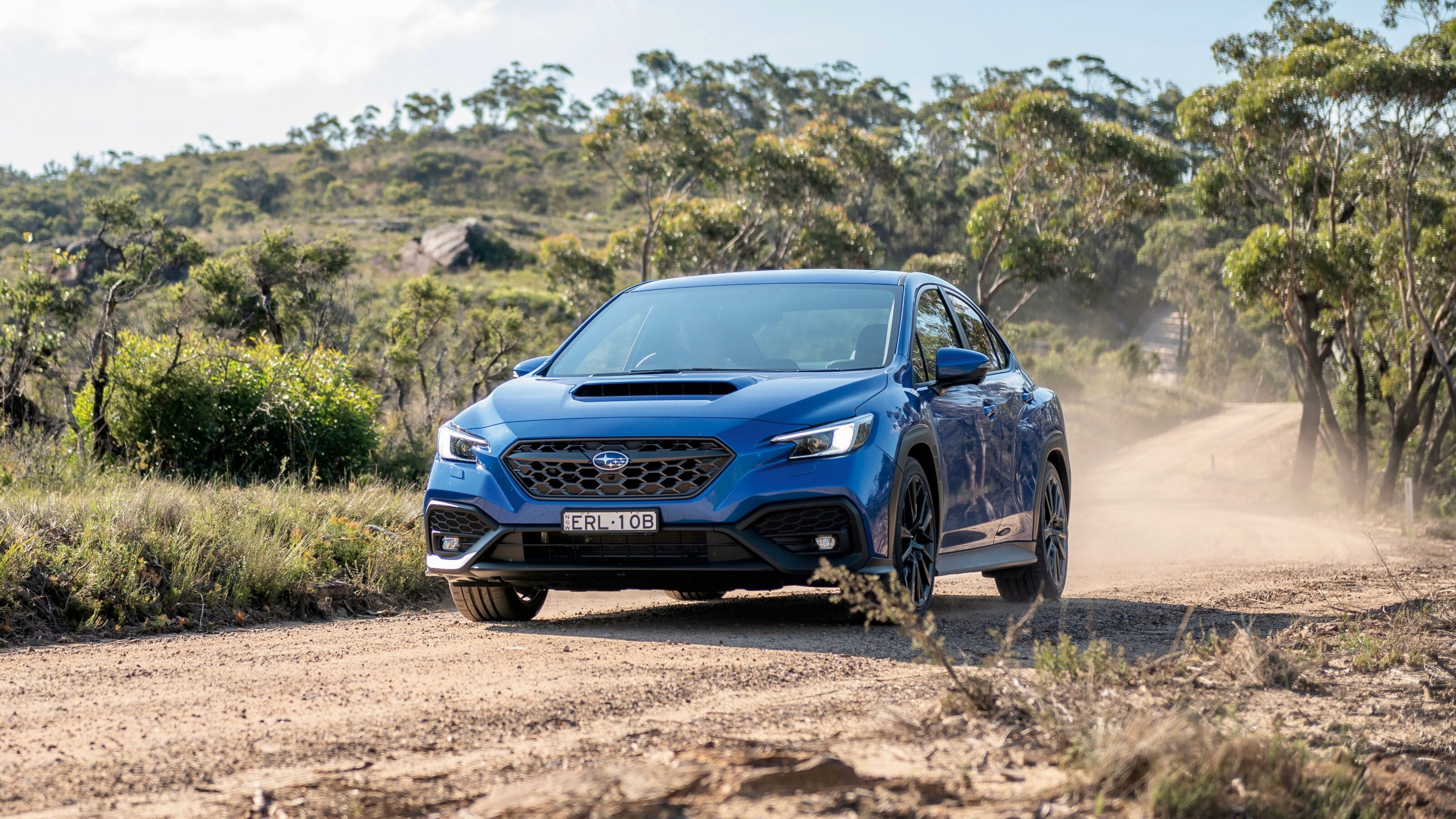Mitsubishi Australia has released the results of a survey of around 800 Outlander PHEV and Eclipse Cross PHEV owners, finding that the majority of the brand’s PHEV owners are leaning far more on their vehicle’s battery than its fuel tank.
The survey results come at an interesting time for plug-in hybrid vehicles (PHEVs), with Australian PHEV sales being up 127 percent in year-to-date sales figures versus just 11 percent growth in battery-electric vehicles for the same time period. According to the brand that’s their biggest cheerleader in this country, owners who’ve already put a PHEV in their driveway are reaping the benefits.
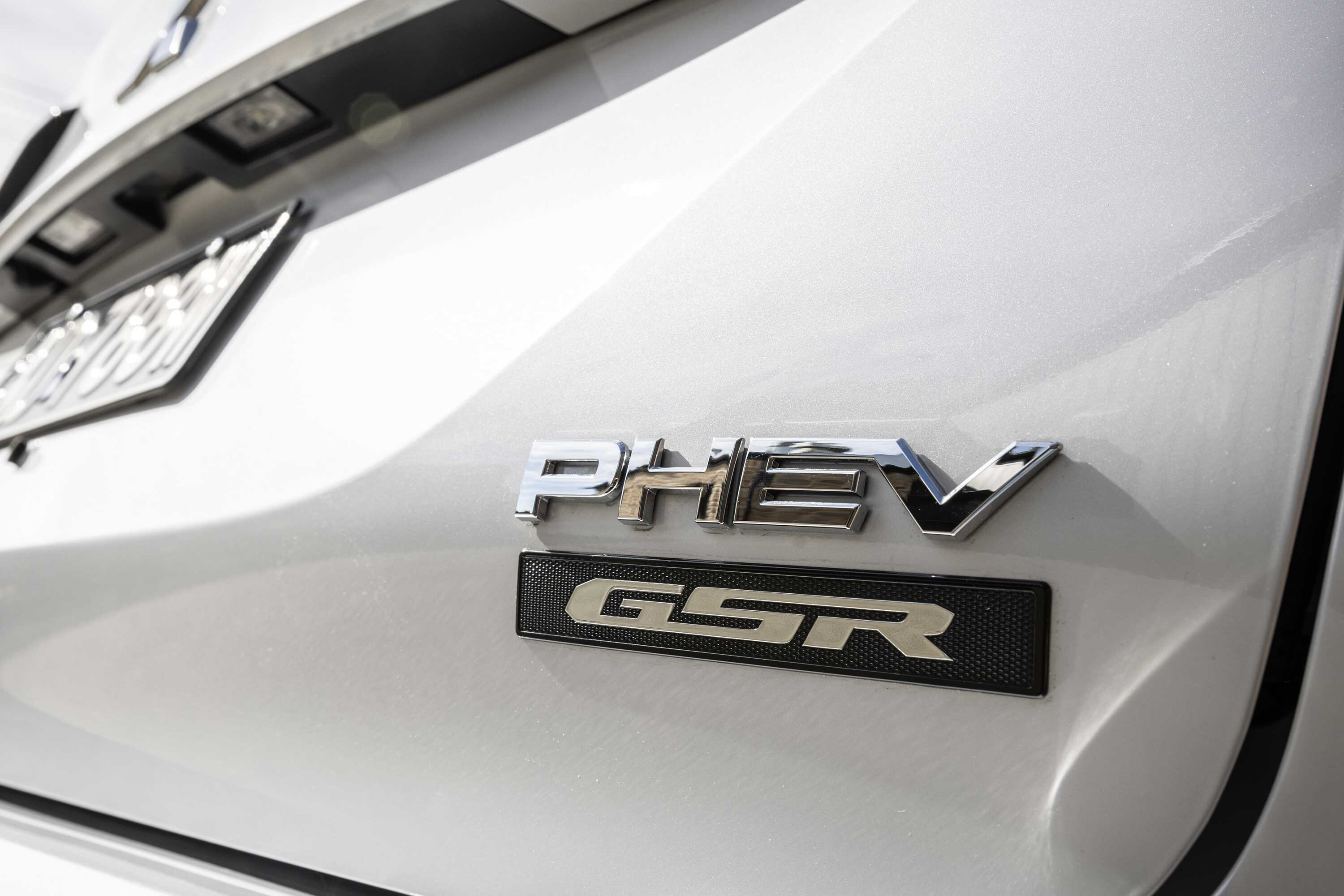
Mitsubishi Australia found that Outlander PHEV owners in Australia were driving on electric-only power 81 percent of the time, while Eclipse Cross owners were driving in EV mode for 75 percent of their trips. For reference, the Outlander PHEV can travel 84km on its 20kWh battery on the WLTP test cycle while the Eclipse Cross PHEV extracts 54km of EV-only range from its 13.8kWh lithium-ion battery.
Around half (50 percent of Outlander owners, 58 percent of Eclipse Cross owners) were charging their PHEVs on a daily basis, while almost all of them were charging from a charger installed in their home, using their domestic power supply. Most respondents cited low running costs as their primary reason for picking a PHEV, though there was no published data on whether owners found the relatively limited EV range of their plug-ins to be a negative factor.
The results of Mitsubishi’s survey provides a counterpoint to the European PHEV experience, where PHEV owners were often purchasing their vehicles to take advantage of generous government subsidies, but were charging their cars infrequently and running on combustion power most of the time. Those users effectively eliminated the environmental benefit of their cars by not only firing up the combustion engine, but by also forcing that engine to lug around the dead weight of a discharged battery pack as well.
Fuel card usage on fleet-owned PHEVs is also a known problem, where drivers – who aren’t necessarily the vehicle’s owner – find it easier to simply pay for fuel with a company-supplied fuel card instead of plugging their vehicle into a charger on a regular basis.
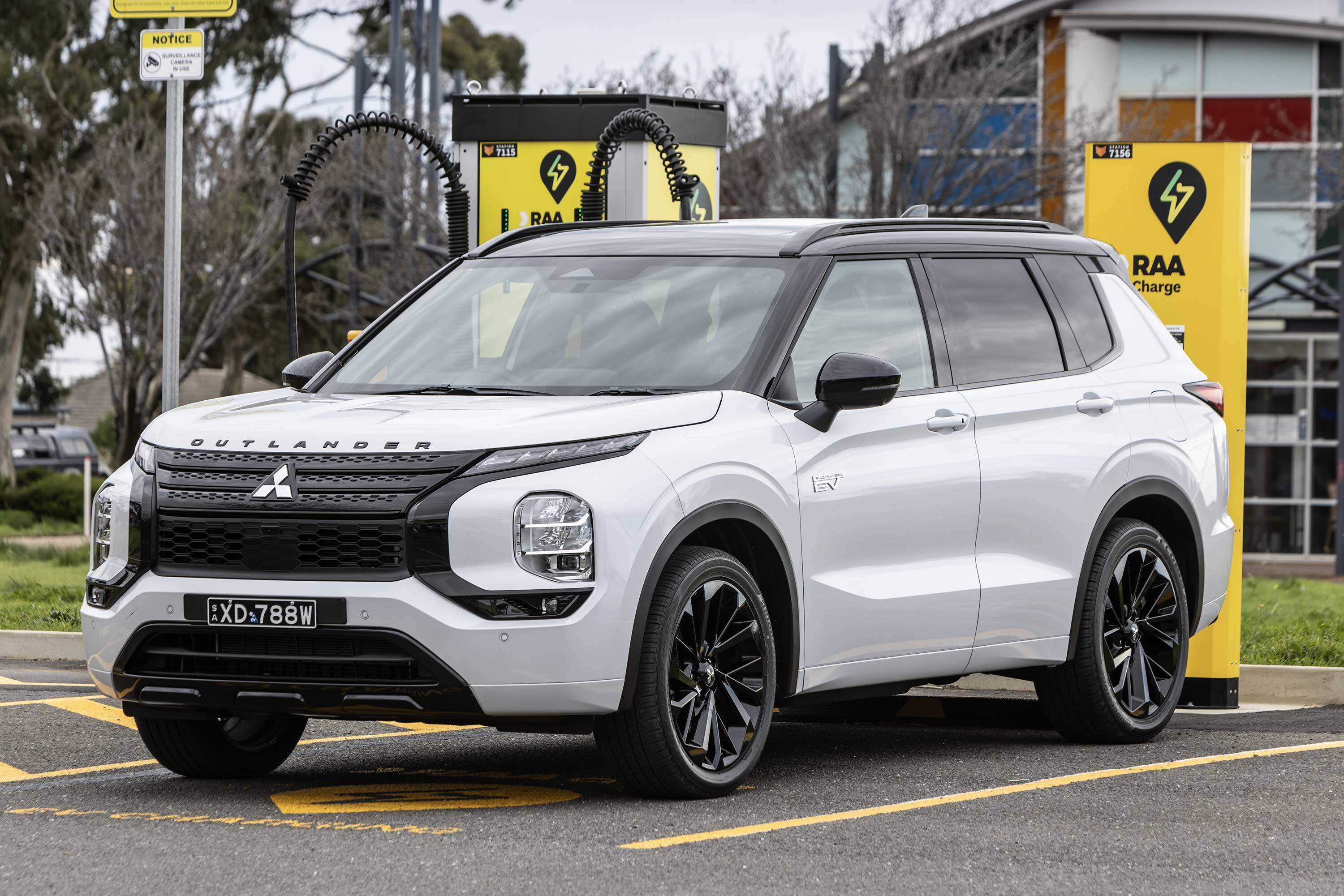
While EV owners have no choice but to plug in and conventional hybrids don’t carry a big, heavy battery, owner behavior makes a big difference to the efficiency, environmental impact and running costs of plug-in hybrids.
PHEVs back in fashion
This year, a rapid cooling of EV sales and an upswing in hybrid sales globally – including plug-in hybrids – has seen a number of carmakers walk back on electrification commitments. Volvo just recently watered down its global pledge to go all-electric by the end of the decade, instead allowing room for PHEVs to stay on sale in some markets.
Hyundai and Volkswagen also announced new investment for future hybrid products, and they’re not alone – even Chinese automaker BYD, which launched in Australia earlier this decade with an all-electric lineup, brought its first PHEV to our shores in the form of the Sealion 6 earlier this year.
From the industry perspective, the business case for hybrids of all types is typically stronger than that of EVs. Pressure to compete with Chinese automakers sees most EV product lines running on slim profit margins – even those in the $50K-plus realm – while hybrids and PHEVs, with their substantially smaller (and thus cheaper) batteries, are able to sell at a lower cost while also delivering a higher margin.
From an environmental point of view, PHEVs rely on their owners doing the right thing – which essentially boils down to charging up at every opportunity. However if Mitsubishi’s experience in Australia is anything to go by, that message is beginning to resonate.
We recommend
-
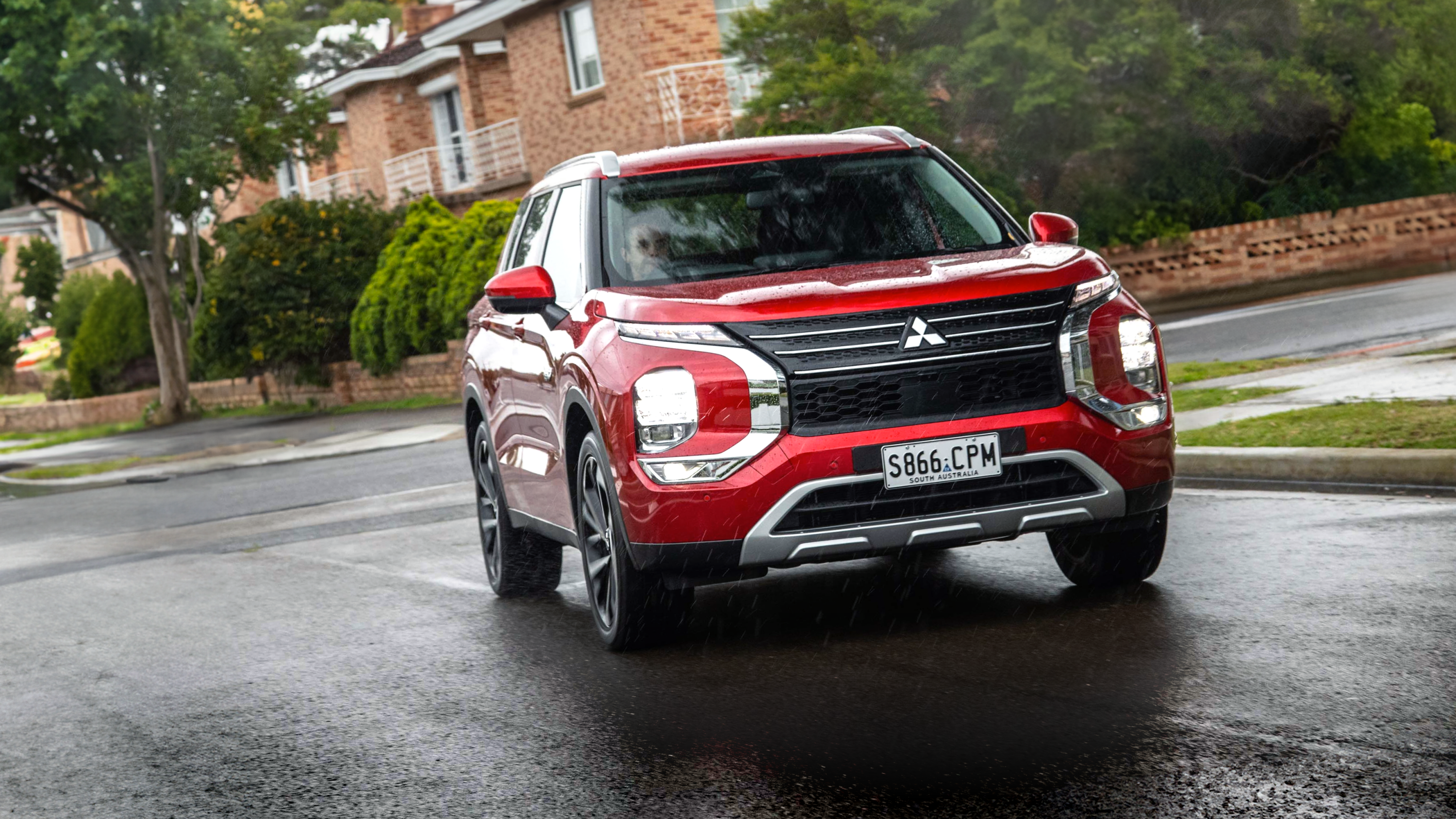 Reviews
Reviews2024 Mitsubishi Outlander Aspire PHEV review
Mitsubishi’s vastly improved Outlander SUV range reprises the best of the old line-up with the plug-in hybrid version
-
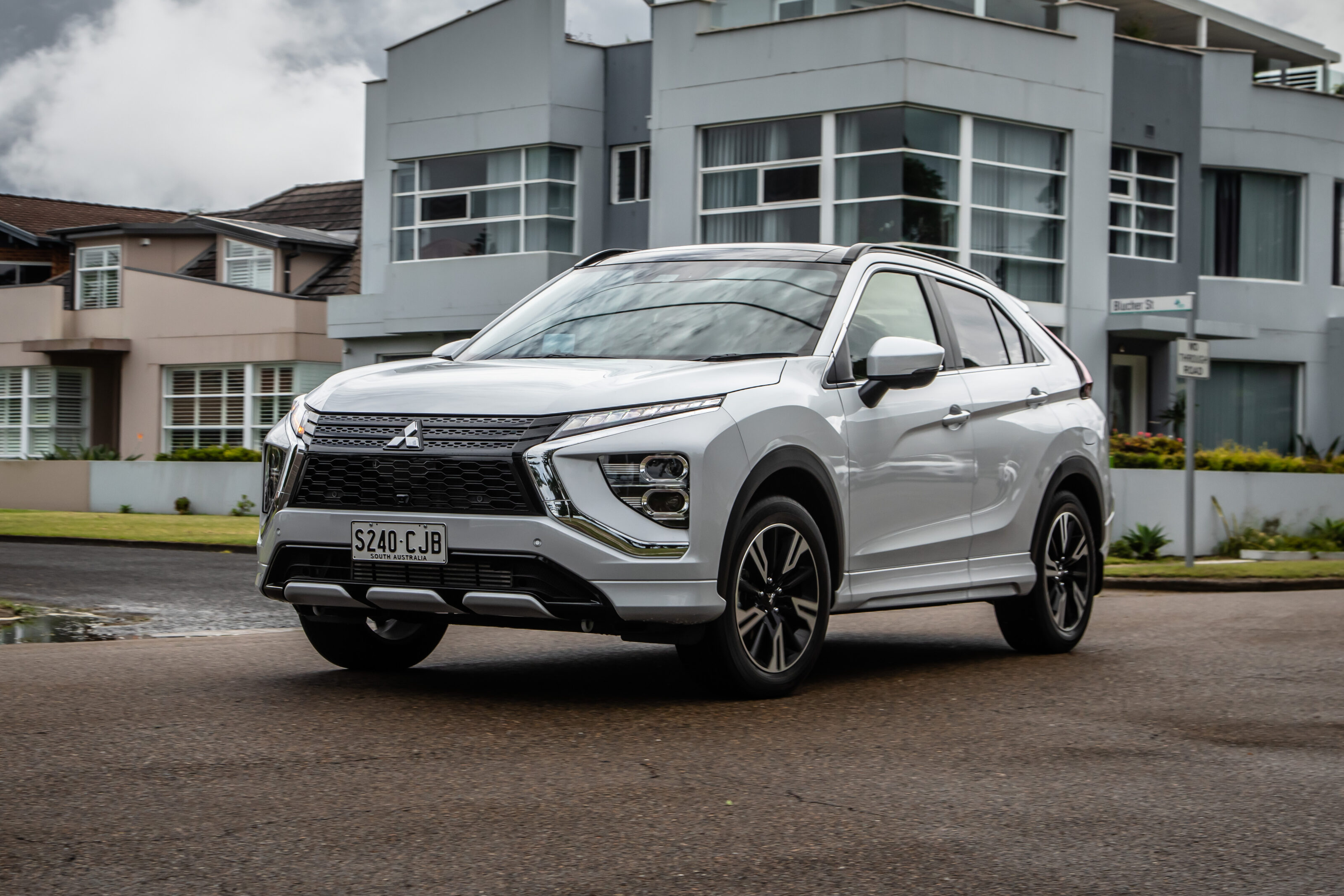 News
News2023 Mitsubishi Eclipse Cross pricing and features: Petrol and PHEV
Mitsubishi has updated its Eclipse Cross small SUV with additional features, a blacked-out variant, and vehicle-to-load support for the PHEV – but with price rises of up to $1000
-
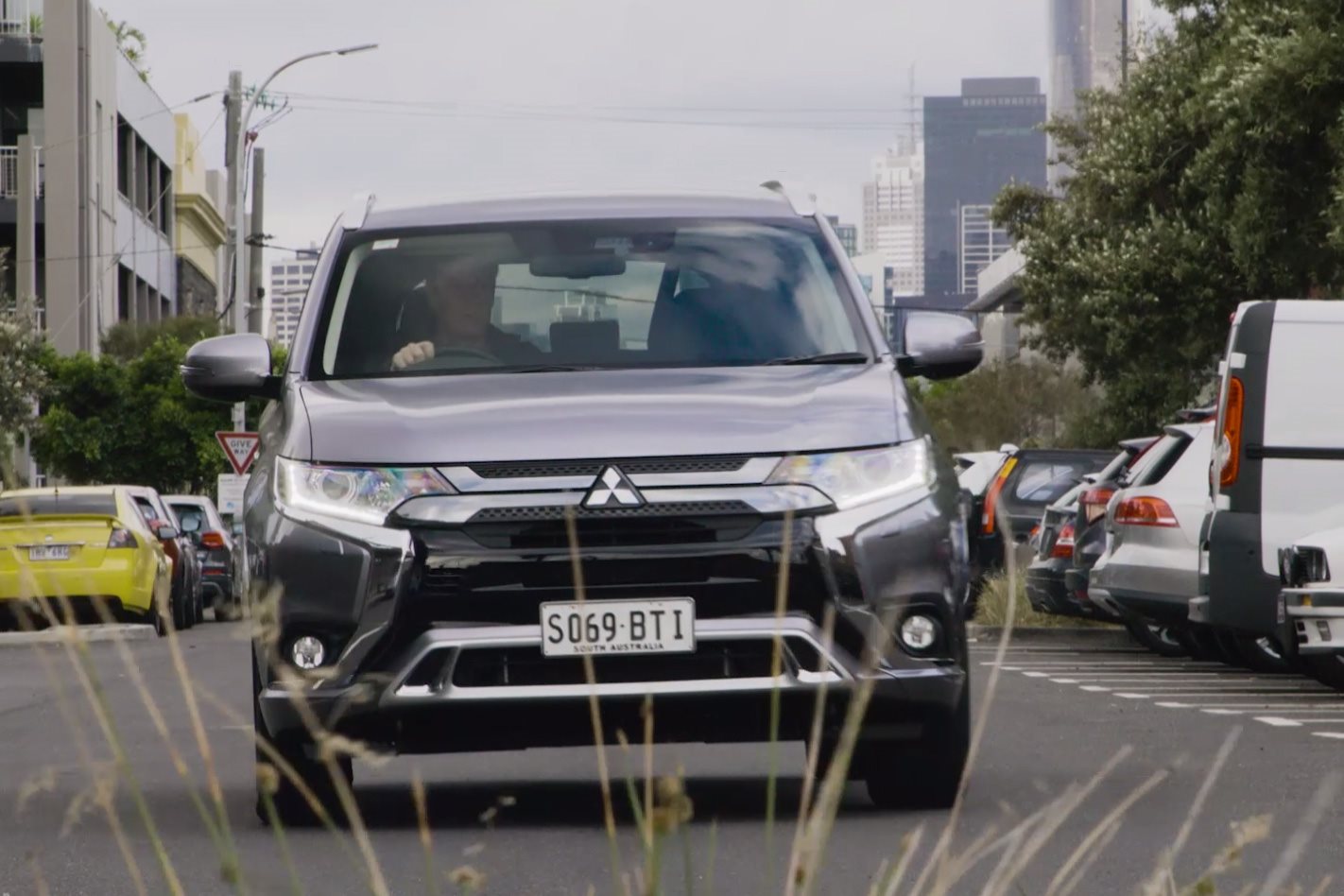 TV
TV2019 Wheels Plug-in hybrid Megatest
In this alternative energy special, we delve into the fascinating world of electric power for your car

